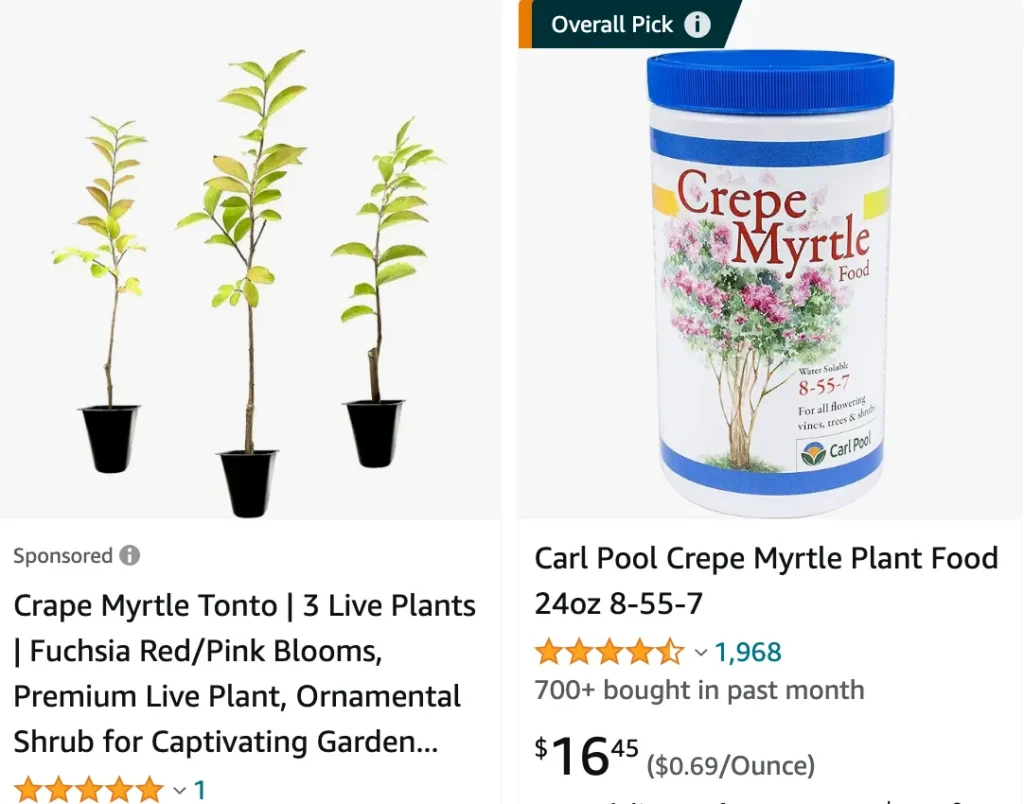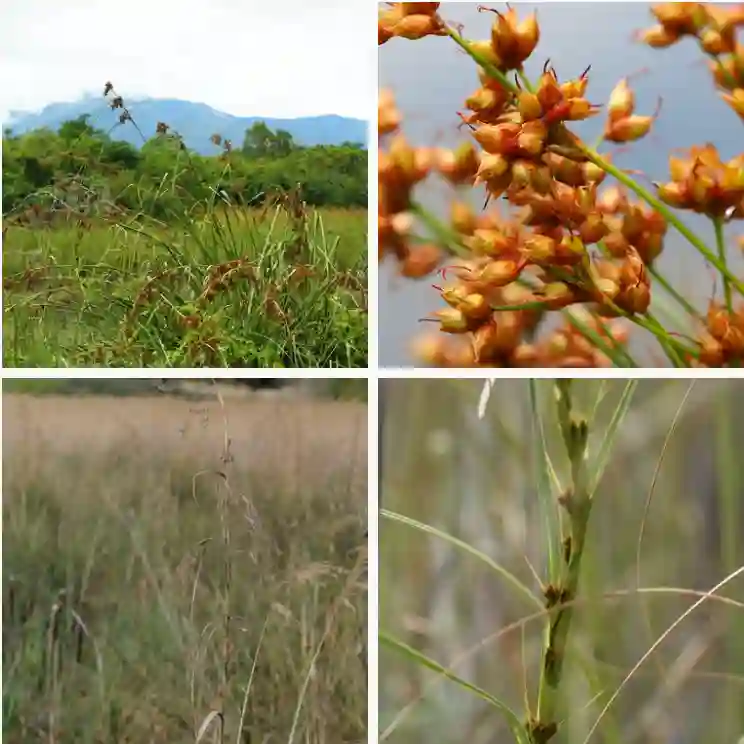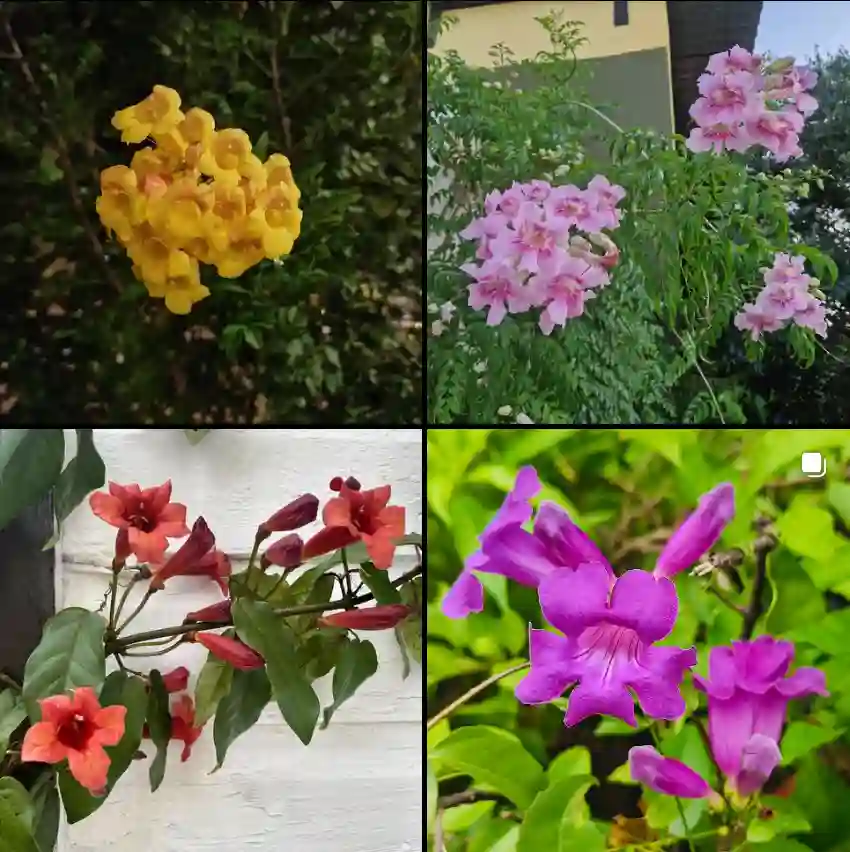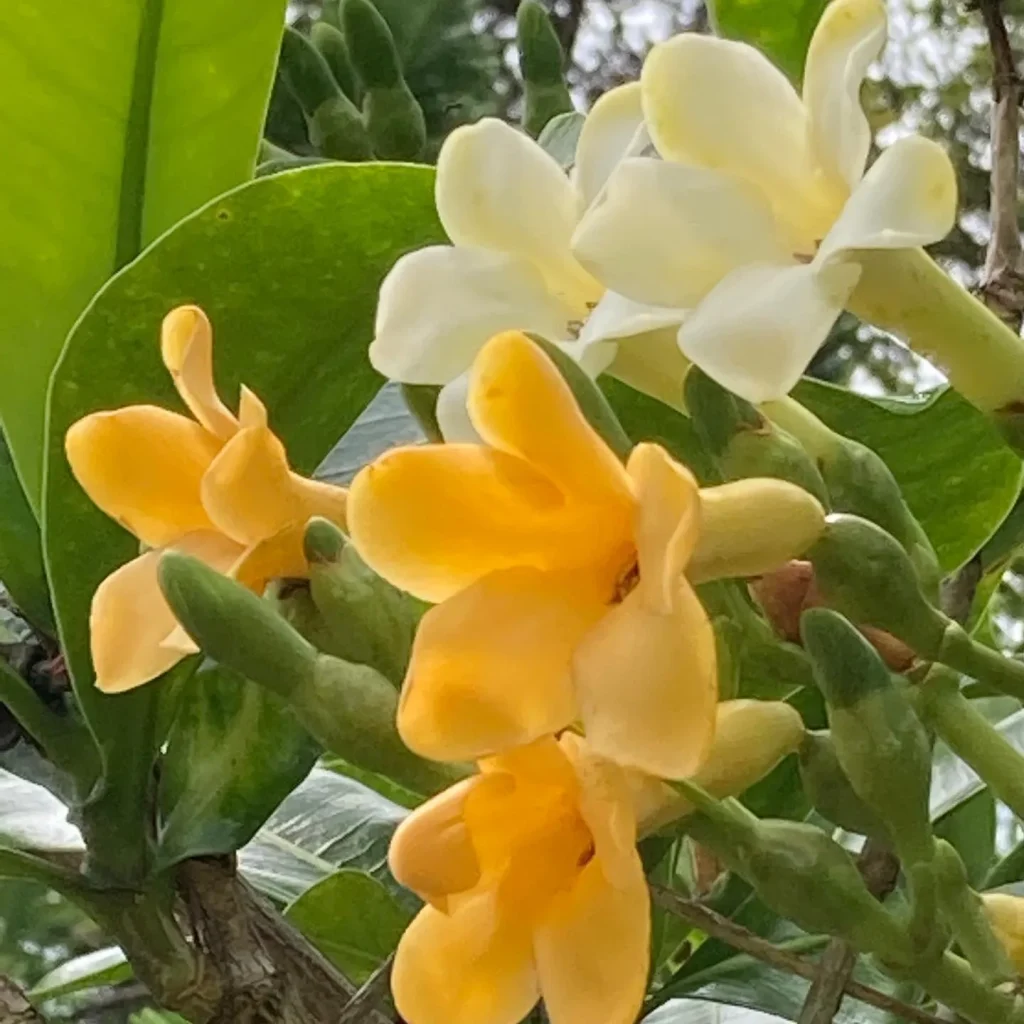
My Experience with Lagerstroemia Indica: A Love for the Crape Myrtle
When I first encountered Lagerstroemia indica, commonly known as the crape myrtle, I was struck by its elegance and versatility. This deciduous tree, native to East Asia, is a staple in landscapes worldwide for a good reason. Its vibrant blooms, smooth bark, and hardy nature make it a delight to grow. Over the years, I’ve developed a deep appreciation for this plant, and I’d like to share my experiences and thoughts.
49 Species in Genus Lagerstroemia
A Plant of Stunning Versatility
One of the things I admire most about crape myrtles is their adaptability. Whether you’re aiming to add a pop of color to your garden, create a flowering hedge, or establish a striking focal point, Lagerstroemia indica fits the bill. I’ve grown them in different settings—sometimes as a standalone tree and other times as part of a mixed border. Their ability to thrive in urban, suburban, and rural environments is a testament to their resilience.
Their long flowering season is another key feature. From midsummer to early fall, the tree produces clusters of flowers in shades of pink, red, white, and purple. The sheer vibrancy of these blooms brightens up even the dullest corners of a garden.
A Closer Look at the Details
What sets Lagerstroemia indica apart isn’t just its flowers but its smooth, peeling bark and multi-stemmed growth habit. The bark reveals hues of gray, brown, and cinnamon, providing visual interest even in winter. I’ve always enjoyed the tactile feel of the bark—it’s like nature’s sculpture.
The tree’s leaves are also noteworthy. They start green in spring, deepen in summer, and transition to rich oranges and reds in the fall. This seasonal transformation ensures that crape myrtles provide year-round interest.
FAQs
How to grow Lagerstroemia indica?
I grow Lagerstroemia indica in full sun with well-draining soil and water it regularly until established.
Is Lagerstroemia indica evergreen?
No, it’s a deciduous tree that loses its leaves in the fall.
Does Lagerstroemia indica come in different colors?
Yes, it blooms in vibrant shades of pink, red, white, and purple.
How messy is Lagerstroemia indica?
I find it moderately messy during leaf drop and when spent flowers fall, but it’s manageable.
How to pronounce Lagerstroemia indica?
I pronounce it as “lah-ger-STREE-mee-uh IN-dih-kuh.”
How to prune Lagerstroemia indica?
I prune it in late winter, removing dead wood and shaping the canopy without over-cutting.
Where to buy Lagerstroemia indica?
I usually find it at local nurseries, garden centers, or online plant retailers.
Challenges and Rewards
Growing Lagerstroemia indica isn’t without its challenges. In some regions, they’re considered invasive due to their ability to reseed prolifically. I’ve found that regular deadheading helps minimize this issue.
Another challenge is maintaining their shape in the face of vigorous growth. However, these challenges are minor compared to the rewards. Watching a crape myrtle in full bloom is a joy that never gets old.
Final Thoughts
For me, Lagerstroemia indica is more than just a tree; it’s a source of inspiration. Its vibrant flowers, striking bark, and year-round interest make it a standout in any garden. Whether you’re a seasoned gardener or a beginner, this tree offers something special.
As I reflect on my journey with crape myrtles, I’m reminded of why I fell in love with gardening in the first place: the ability to connect with nature, nurture growth, and create beauty. Lagerstroemia indica embodies all of these qualities, making it a plant I’ll always cherish.
If i die, water my plants!



